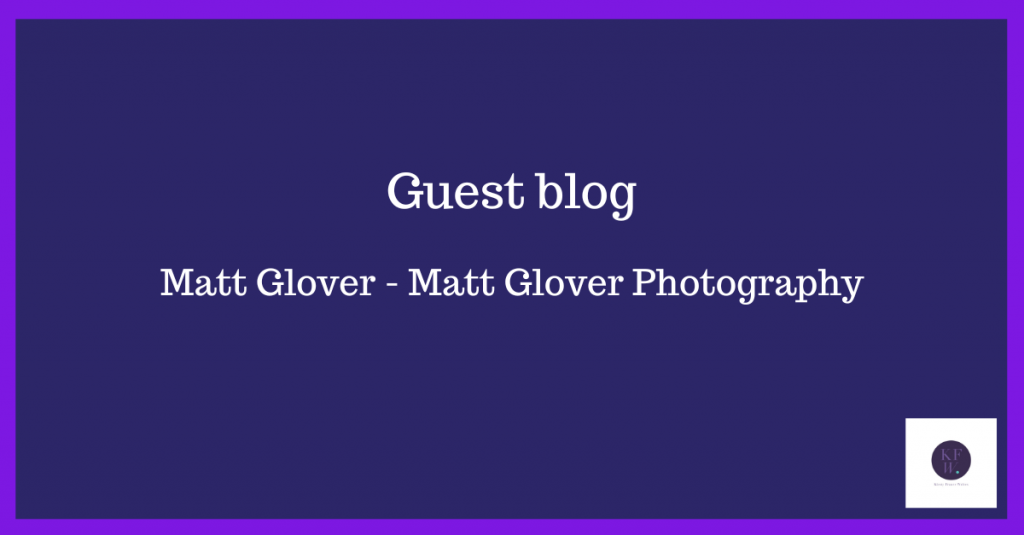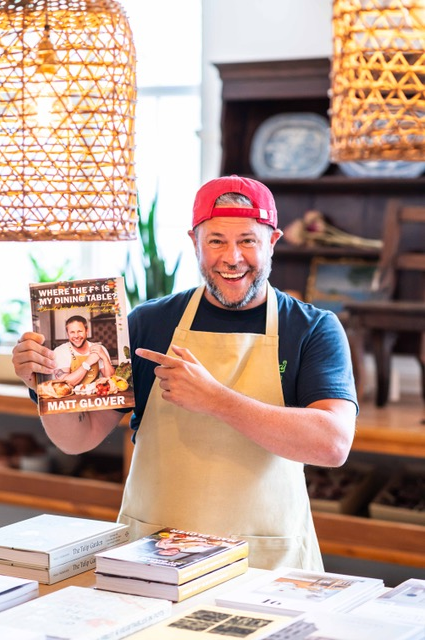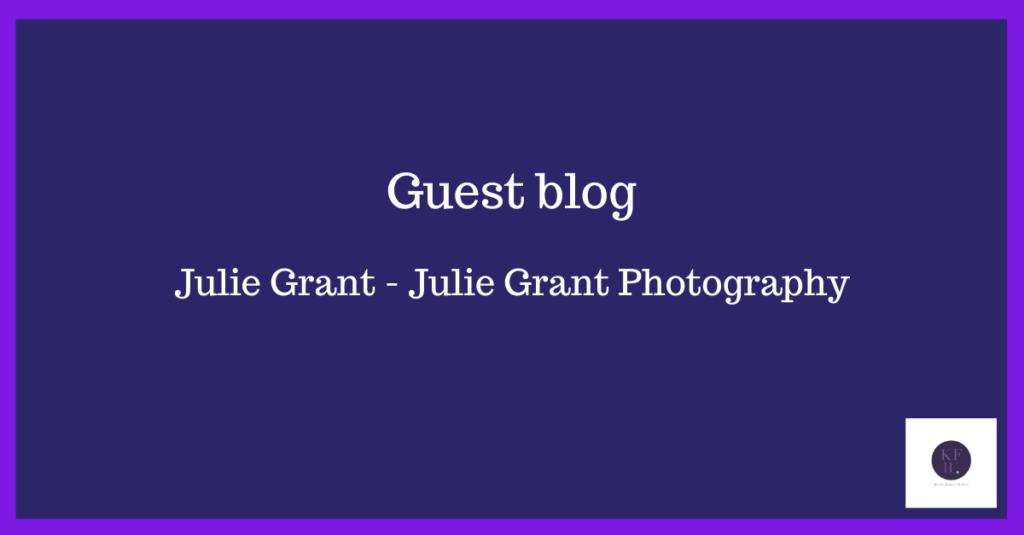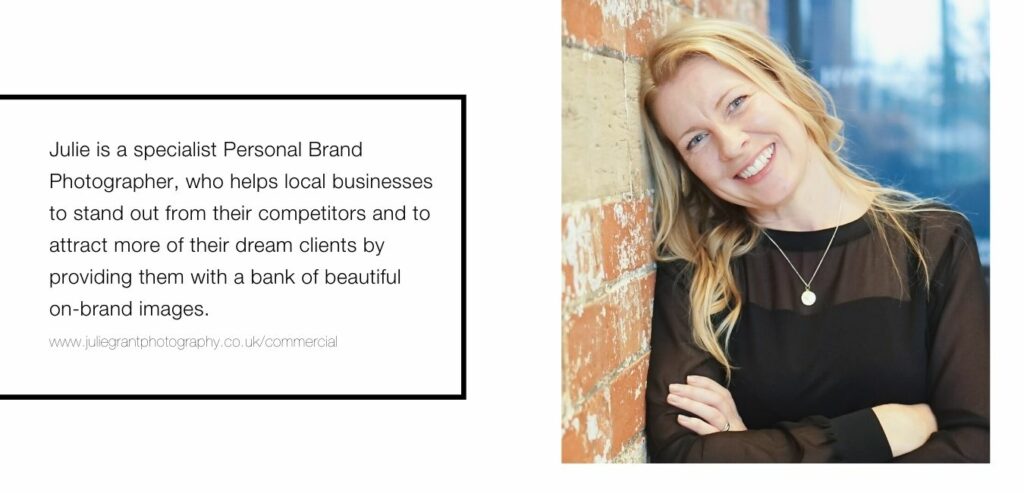
Why the F* would I write a cookbook?
I had this food photography idea pre-pandemic and had just ordered ‘the’ dining table (to photograph on) when lockdown hit; so, I don’t even have that as an excuse! Looking back, it seems quite a strange thing to do. I wasn’t a food photographer, food writer or a chef; I just loved food. I do recall I was very open to finding something creative that was for myself. Being a wedding, event and commercial photographer, I found very enjoyable, however where did I really fit into it? I was always aware my creative soul needed more, and I needed to find myself somewhere in my creative practice.
A significant part of my photography workflow was sharing my client images on social media. I love my own work and quite simply wanted to show it off. I would share funny stories about working with clients and took the writing of this very seriously. Over years and years, I was writing more and more as it was also a valuable part of my marketing. I approached a lot of work with good humour to make my posts a little more personal, engaging and fun to read. I always felt social media needed livening up a little.
The cookbook
When I started taking and sharing snaps of my food with my phone, I utilised my writing skills that I hadn’t really acknowledged I had. I saw it as a fun thing that I did, but the idea that I could be considered a ‘writer’ was a totally alien concept. I literally just grabbed by book and sat it next to me now to remind myself that I did actually write a book. My name is Matt, I wrote a cookbook, and I am a food writer. I spent a good while in the 4.5 years it took me to publish the book to own ‘food writer’, and annoyingly; I am still a little detached from it. Please don’t shoot the messenger, I am just conveying the tedious facts!
Over the course of this project, my approach became:
- Obsess over the recipe. This could be hours, days, months or years.
- Make a mental plan of action to ensure that the outcome was pleasing (I’d say I had a 90-95% success rate. The 5-10% miss days were not very pleasing).
- Cook the food.
- Set the scene to photograph usually on my dining table but could be anywhere. This mainly involved ceramics, boards, and vintage cutlery.
- Style the food.
- Obsessively photograph the food.
- Eat the food (which was always secondary, so often it blew my mind how incredible a cook I had become).
- Sit down comfortably and reflect on the whole mad and sweaty but joyous experience and tell the story with delicious words.

Getting the cookbook out there
The bringing together of the project to publish came with challenge after challenge. The design element I found utterly excruciating, but now is not the time to delve any further into that subject. If I am totally honest, I didn’t think I could pull it off. I genuinely wanted to see how deep in myself I was willing to dig. I sold the idea to myself (and subsequently the Kickstarter campaign) in the form of ‘is it worth following your dreams?’. Being a romantic at heart, I knew that I would NEVER say no to that question. If the answer is no, what is the point in being? I basically tricked myself into pulling the impossible out of a hat.
In the months before I launched my Kickstarter campaign, I was at the doctors with severe anxiety and as if by magic, ADHD landed hard on my lap. It totally blew my mind and explained a lot, but certainly didn’t put me off. I needed to get this book over the finish line no matter the cost. In my new neurodiverse world, this project had become a wild, yet nourishing hyperfocus.
In hindsight, would I do this project again? One hundred percent I would! Would I recommend others doing such a thing? I’m not sure I would like that on my conscience to be honest.
Finally, I dare you to ask yourself: ‘Is it worth following your dreams?’
‘Where the F* is my Dining Table?’ – available at https://mattgloverphotography.co.uk/cookbook/


